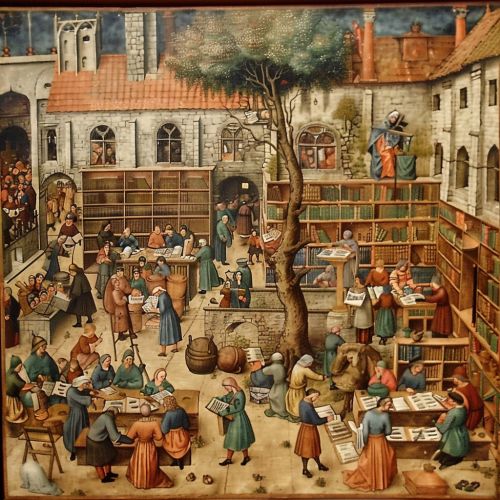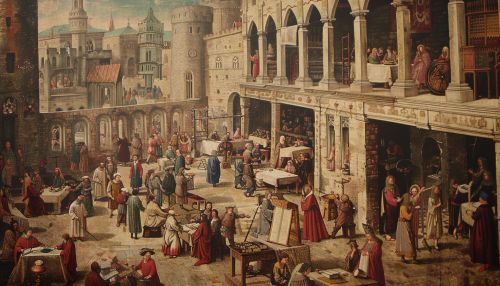Medieval Universities
Origins and Characteristics
The concept of a university as an institution of higher learning is a product of medieval Europe. The term "university" itself is derived from the Latin "universitas magistrorum et scholarium," which roughly translates to "community of teachers and scholars." Universities during the medieval period were quite different from their modern counterparts, but they laid the groundwork for the structure and function of today's institutions of higher education.


The First Universities
The first universities were established in the 11th and 12th centuries. These include the University of Bologna in Italy, the University of Paris in France, and the University of Oxford in England. These universities were initially formed as guilds of students and teachers, who came together for the purpose of learning and intellectual exchange.
Curriculum
The curriculum in medieval universities was based on the seven liberal arts, which were divided into the trivium (grammar, rhetoric, and dialectic) and the quadrivium (arithmetic, geometry, music, and astronomy). In addition to these, the study of philosophy, theology, law, and medicine was also prevalent. The teaching method was primarily through lectures, where the teacher would read from a text and provide commentary.
Degrees and Titles
Students in medieval universities could earn degrees, similar to today's Bachelor's, Master's, and Doctoral degrees. The first degree, the Bachelor's, was awarded after a few years of study. The Master's degree required further study and the successful defense of a thesis. The Doctorate was the highest degree and was awarded in the fields of law, medicine, and theology.
Influence of the Church
The Catholic Church played a significant role in the operation of medieval universities. Many universities were established by the Church, and the curriculum was heavily influenced by religious teachings. Despite this, universities also served as a place for intellectual debate and were not strictly religious institutions.
Legacy
The medieval universities left a lasting legacy on the world of education. They established the model of a self-governing community of scholars, which is still the basis for many universities today. They also set the standard for academic freedom, as they were places where scholars could pursue their studies without interference from the Church or the state.
